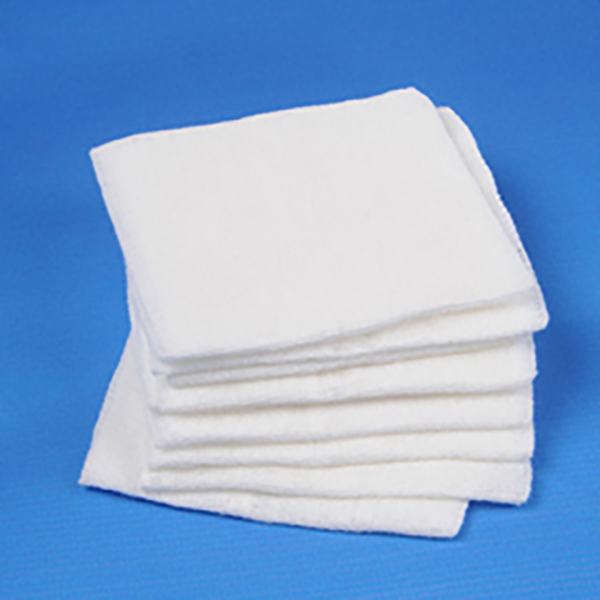Gauze swabs are indispensable tools in wound care and medical procedures, offering a range of benefits and ensuring efficient absorption of fluids. In this guide, we delve into the significance of sterile gauze swabs, their properties, and how they aid in maintaining cleanliness and sterility. Explore the various uses of gauze swabs, tips for selecting the right type, and best practices for application. Whether you are a healthcare professional or a caretaker, understanding the importance of gauze swabs and how to use them effectively is essential for optimal wound care and medical management.

Fine texture,Soft and breathable Medical absorbent cotton,No odor

Packing specifications can be customized
2“*2” 8p
2“*2” 12p
3“*3” 8p
3“*3” 12p
4“*4” 8p
4“*4” 12p

Gauze Swabs are ubiquitous in the world of wound care and medical procedures. These versatile tools offer numerous benefits and play a critical role in maintaining cleanliness and sterility. From sterile Swabs to absorbent properties, let's explore how gauze swabs are used, their advantages, and best practices for optimal wound care management.
When it comes to wound care, gauze swabs are essential for various reasons. They are primarily used for absorbing fluids and keeping the wound clean and dry. The absorbent properties of gauze swabs help to remove excess moisture, blood, or other bodily fluids from the wound surface, aiding in the healing process. Additionally, gauze swabs can also be used to apply medications, creams, or ointments to the wound, ensuring proper absorption and efficacy.
One crucial aspect of using gauze swabs is the need for sterility. Sterile swabs are vital to prevent the introduction of bacteria or other microorganisms into the wound. It is essential to use individually packaged sterile gauze swabs that have not been exposed to any contaminants. This ensures a clean and sterile environment, reducing the risk of infections and complications.
When selecting gauze swabs, it's important to consider the size, material, and ply. Swabs are available in various sizes, and choosing the appropriate size depends on the wound's dimensions and requirements. The material of the swab should be soft, non-linting, and non-irritating to avoid any discomfort or allergic reactions. The ply refers to the number of layers the swab has, with higher ply generally indicating increased absorbency.
Proper application of gauze swabs is crucial for effective wound care management. Cleanse the wound area gently before applying the swab to remove any debris or bacteria. Place the swab directly on the wound, ensuring complete coverage. Secure the swab in place with a medical tape or dressing, carefully wrapping it to avoid excessive pressure but maintaining a snug fit. Regularly monitor and change the swabs as needed to maintain cleanliness and promote healing.
In conclusion, gauze swabs are vital tools in wound care and medical procedures. The use of sterile swabs, their absorbent properties, and adherence to best practices significantly contribute to optimal wound healing and reduce the risk of infections. By understanding the uses, benefits, and proper application techniques of gauze swabs, healthcare professionals and caretakers can ensure effective wound care management for better patient outcomes.


Contact: Neo
Phone: 008615867460640
E-mail: Info@Hwtai.com
Whatsapp:008615867460640
Add: Building 2, Xinmao Qilu Science Technology Industrial Park, Tianqiao District, Jinan City, Shandong Province,China.
We chat
